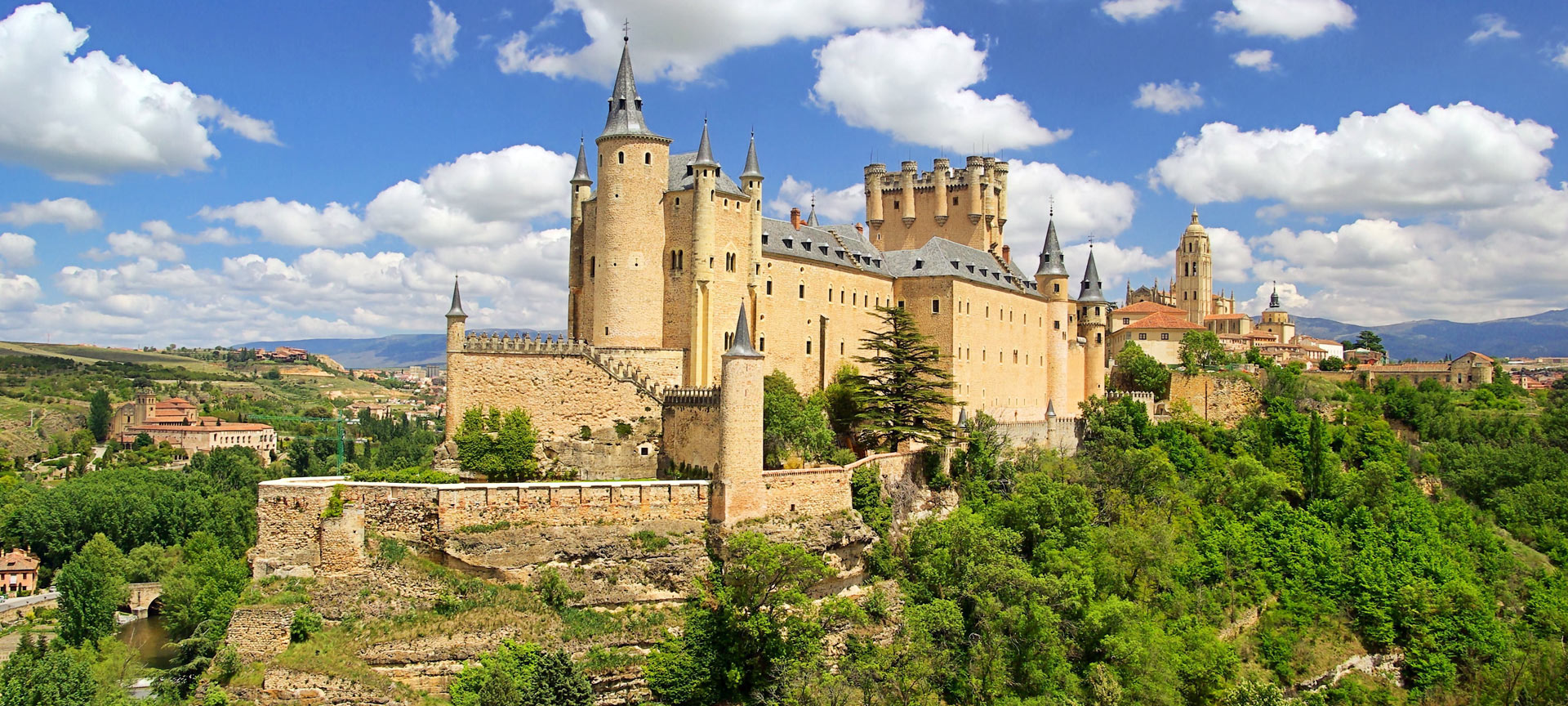
A history through architecture
Spain’s largest region boasts some of the country's finest architectural heritage. Hundreds of castles, churches and palaces await you here, as well as 12 cathedrals, all within an autonomous community that includes eight UNESCO World Heritage sites.
Debe activar Javascript para poder utilizar este servicio
-
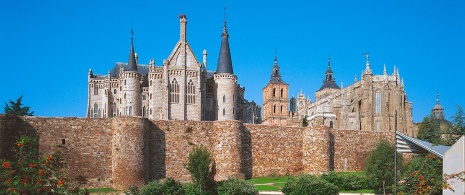
The Way of Saint James as a focus point
The French Way is made up of more than 450 kilometres of paths. The provinces of Burgos, Palencia and Leon are the setting for St James' Way in Castilla y Leon. On this route you can discover towns such as Castrojeriz, Carrión de los Condes, Sahagún and Astorga, where churches and monasteries sprang up along the Way.
-

Romanesque jewels
With the influence of the Reconquest, Christian architectural styles spread to other areas. Discover what awaits you in provinces such as Soria, Palencia and Zamora, with some of the most representative examples of Castilian Romanesque, including Zamora cathedral and the churches of San Martín in Frómista, Palencia, Santa María La Antigua in the city of Valladolid, and San Miguel in the village of San Esteban de Gormaz, Soria.
-
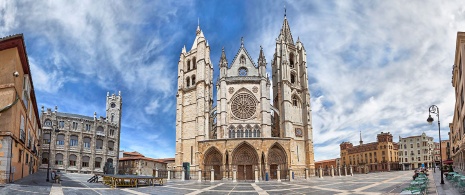
The Gothic style, reaching for the sky
The Romanesque period was followed by the Gothic style, with tall, slender turrets and bell towers of churches and cathedrals. In the Gothic quest for lightness, cathedrals like the one in León became airy spaces illuminated through fabulously colourful stained glass windows.
-
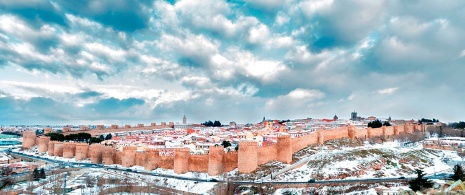
A city within the walls
Protected by its complete wall, dating back to the 12th century, Ávila represents traditional Castilian charm. Narrow cobbled alleys and small churches are protected by this walled enclosure. Some sections of the wall are adapted for walking along the top, and you can also walk around outside it to see this unique example of defensive construction. Oh, and don't forget to enjoy the city’s sunsets, which are impressive from an altitude of 1,132 metres.
-
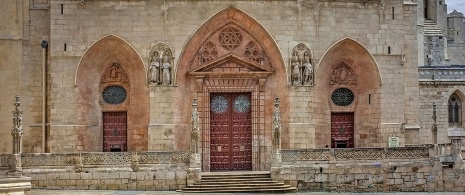
The pride of El Cid
Burgos Cathedral has earned itself the status of a UNESCO World Heritage Site. Influenced by the French Gothic style, its imposing façade will take you back to the 13th century. Buried there is El Cid Campeador, a legendary figure in the history of Spain.
-
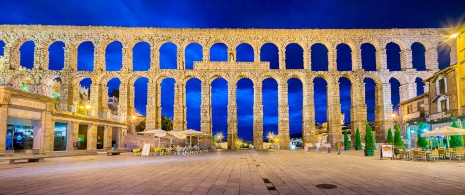
A journey of 2,000 years in a single city
Roman legacy and medieval atmosphere meet in Segovia, a city with over two thousand years of history. As well as walking under the arches of the aqueduct, the main attraction of the Roman period, the unique Alcázar is also worth a look, a medieval citadelt that inspired the design of the famous castle at Disneyland. Make sure you also visit the Gothic cathedral, nicknamed “the unknown beauty”.
-
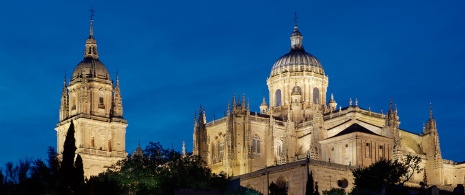
A monument to knowledge
Despite its motto, “What nature does not give, Salamanca cannot provide”, its Plaza Mayor, its university legacy (it was one of the first universities in Europe), and its two cathedrals have their own magic, evoking a time when knowledge took form in stone. In Salamanca's historic city centre, churches and palaces welcome travellers from all over the world, eager to explore this medieval seat of learning.
-
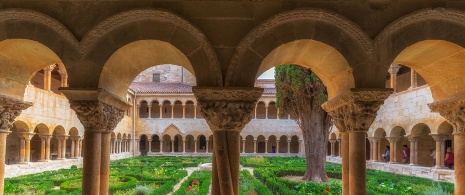
Land of monasteries
Various religious orders, such as the Cistercians, the Carthusians and the Clares, contributed to the construction of monasteries all over Castilla y Leon. Names such as Santo Domingo de Silos, in Burgos; San Pedro de Dueñas, in León; and Santa Clara, in Palencia, which is still an active convent, are proof of the importance of religion in the area.
-

More than 150 castles
After the Reconquest and the repopulation, the new lands had to be protected by defensive buildings. Built during the Middle Ages, numerous examples can be seen throughout the nine provinces. Coca and Cuellar in Segovia; Peñafiel in Valladolid; Mombeltrán in Ávila; Ponferrada in León; and Puebla de Sanabria in Zamora are some of the best preserved examples in the region.
Travel plans for inspiring you














